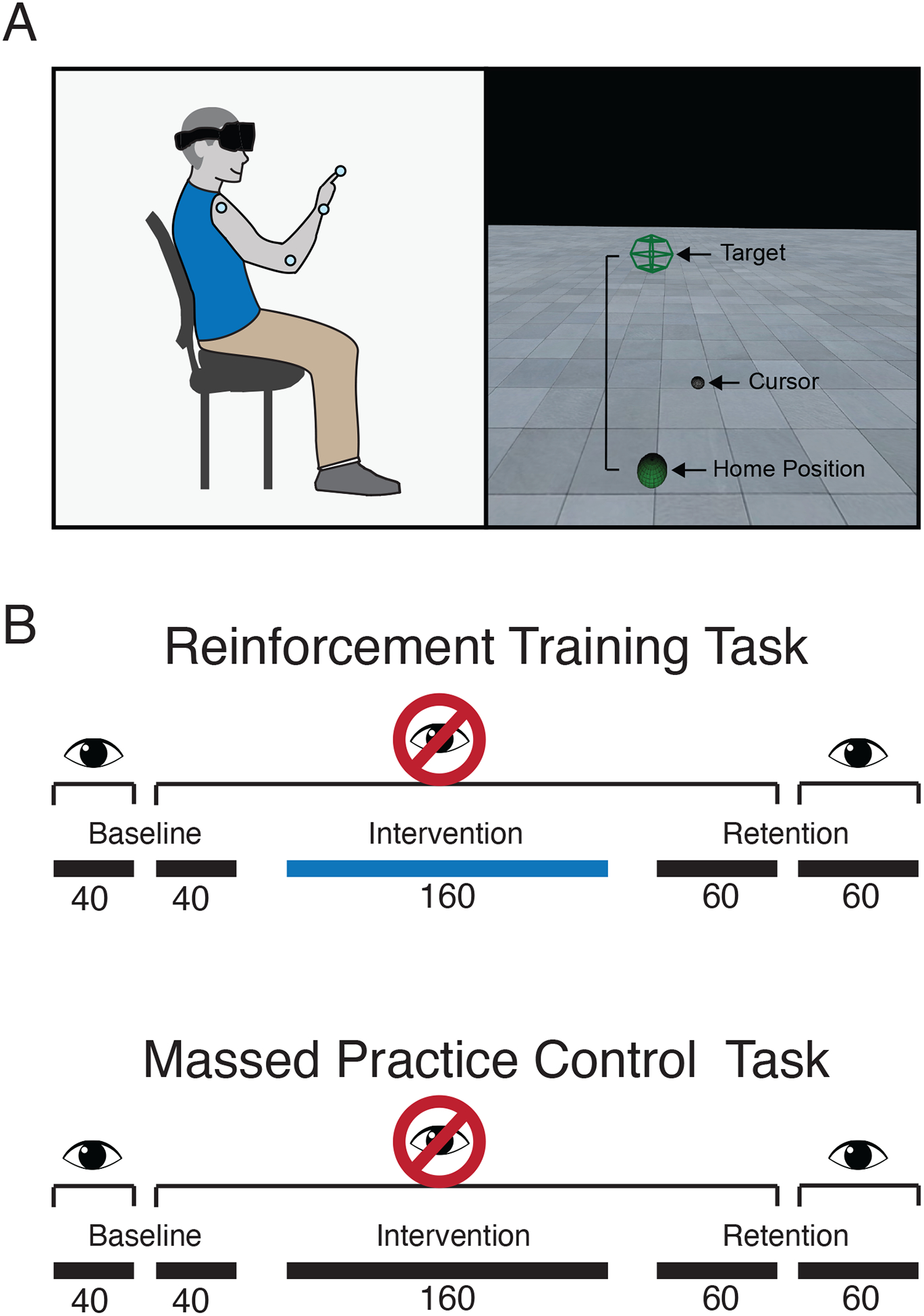Figure 1. Schematic of experimental set up and task overview.

(A) Participants sat in a chair while wearing a virtual reality headset and motion capture markers on the shoulder, elbow, wrist and index fingertip of the dominant arm. In a virtual environment, they made reaching movements from a home position to a single target. Both the home and target positions were dependent on participants’ anthropometrics. (B) Cerebellar patients completed two reaching tasks: a reinforcement training task and a massed practice control task. Both tasks began with a baseline phase of 40 trials where a visual cursor representing the index fingertip position was shown throughout the reach and 40 trials where the cursor was invisible. The baseline phase was followed by a 160-trial intervention phase. In the reinforcement training task, the intervention had participants receive closed-loop reinforcement feedback about the path length of their reaches. Reaches with a path length at or below a running mean of the preceding 10 reaches were reinforced with a pleasing tone at the end of the movement and a point appearing in a tracker visible in the virtual display. Reaches with a path length greater than the running mean resulted in an unpleasant tone and no points added. Participants were not informed that reinforcement signaling was related to path length. The intervention phase of the massed practice control task had participants repeat reaches to the target without reinforcement. In both tasks, the intervention phase was followed by a retention phase where reinforcement feedback was removed, divided into 60 trials where the visual cursor remained invisible and 60 trials where it was restored.
